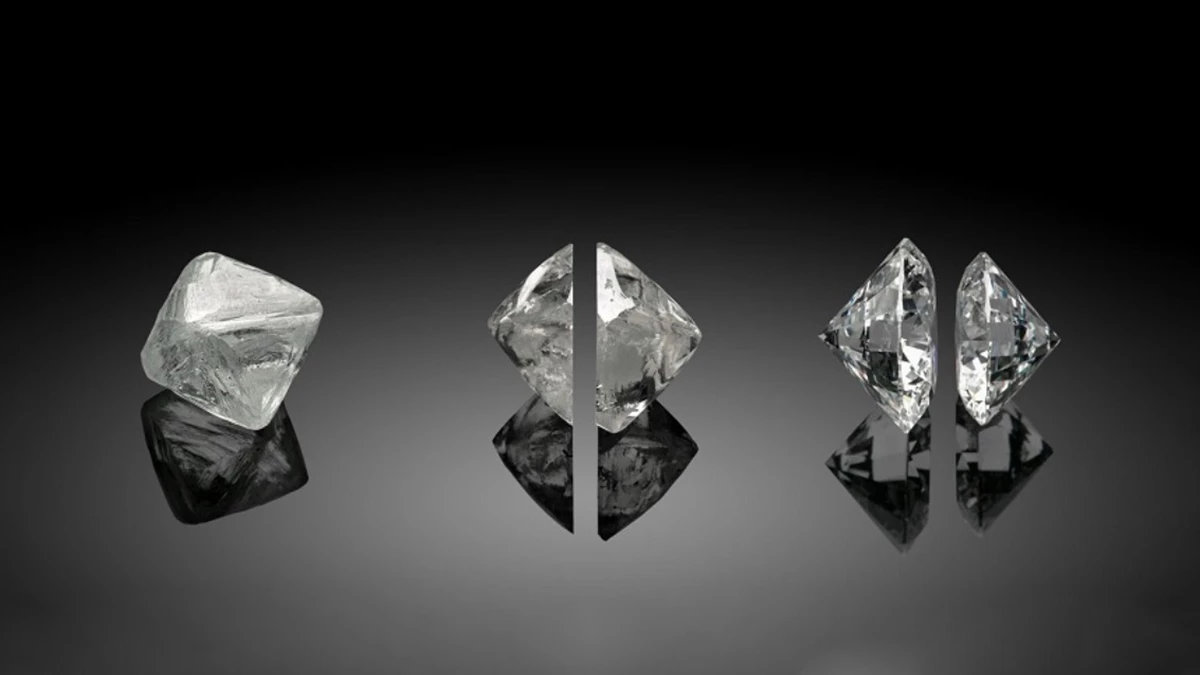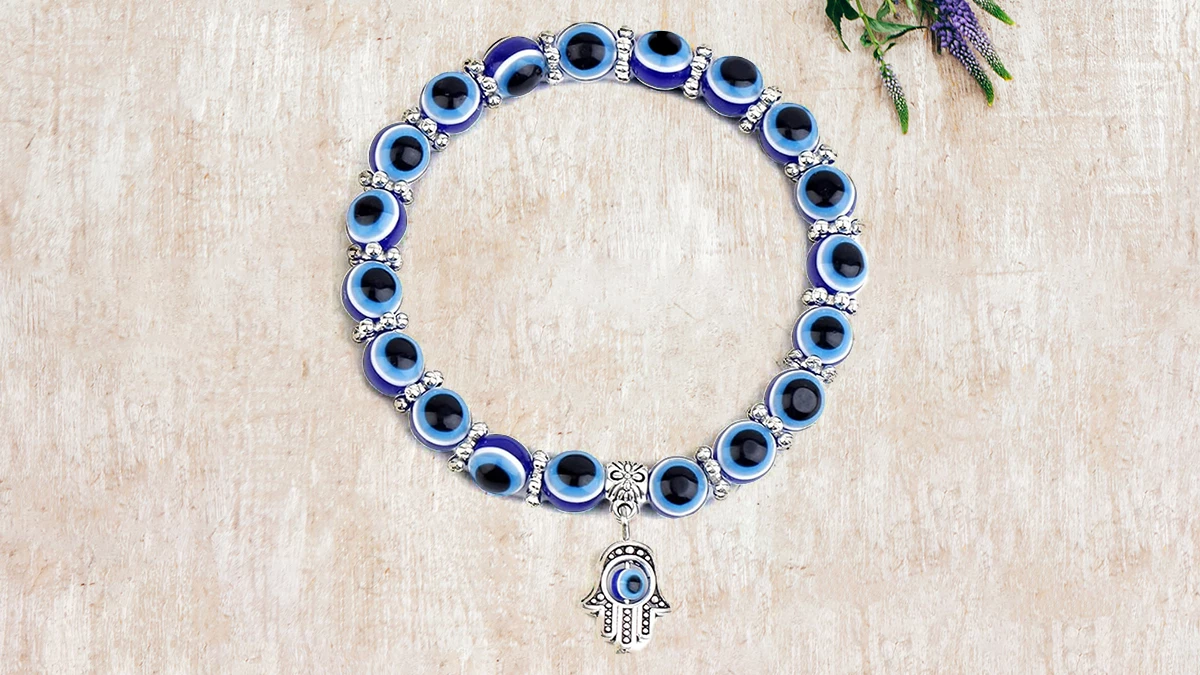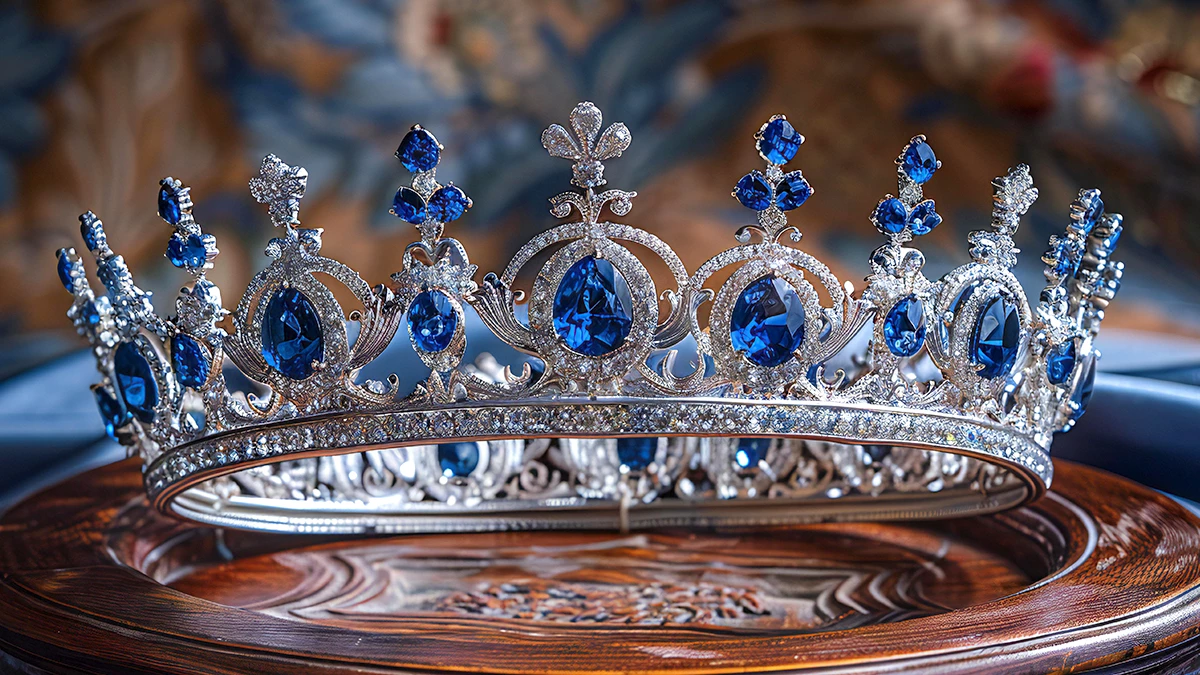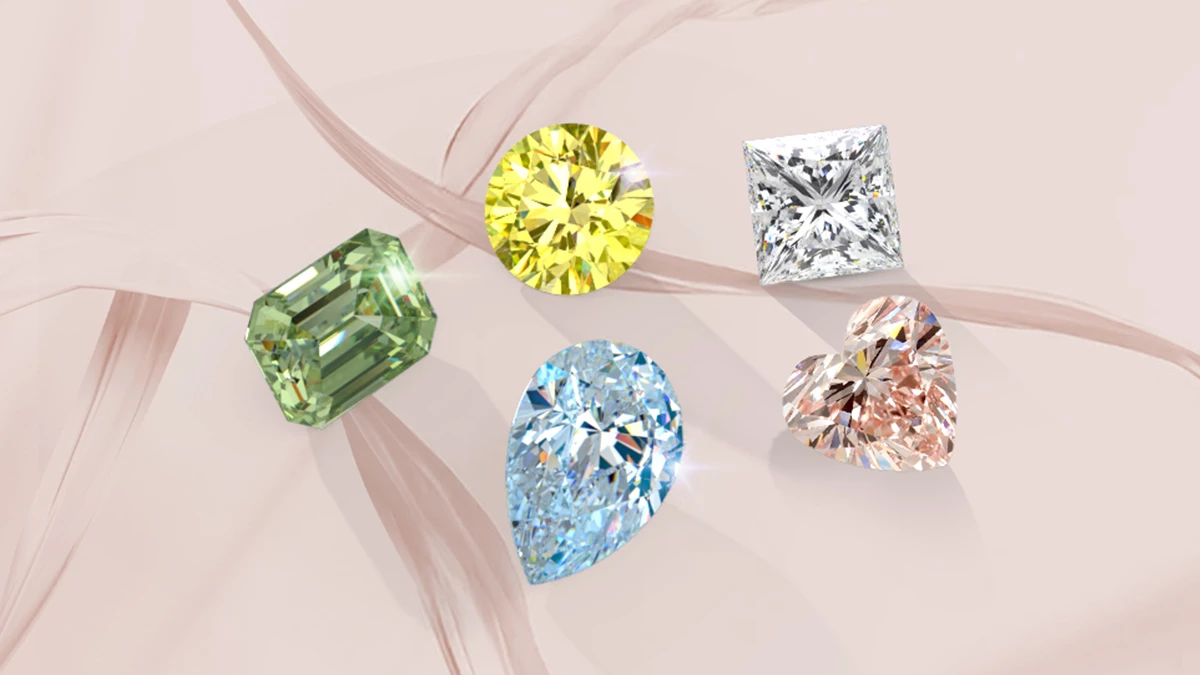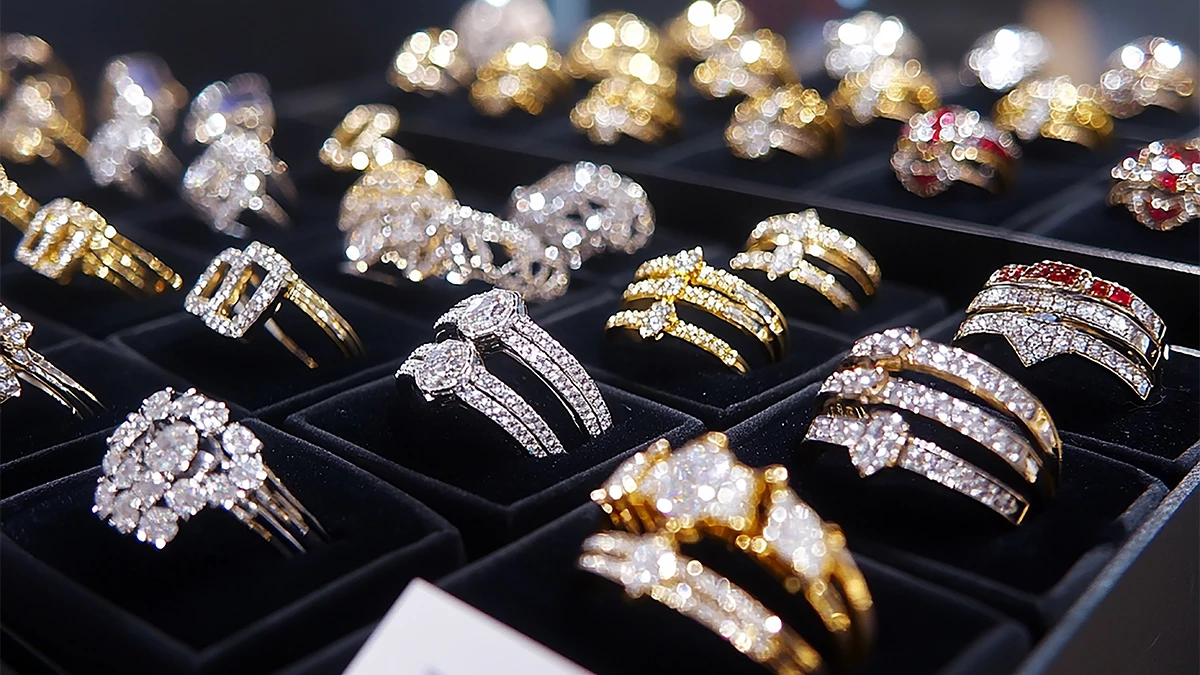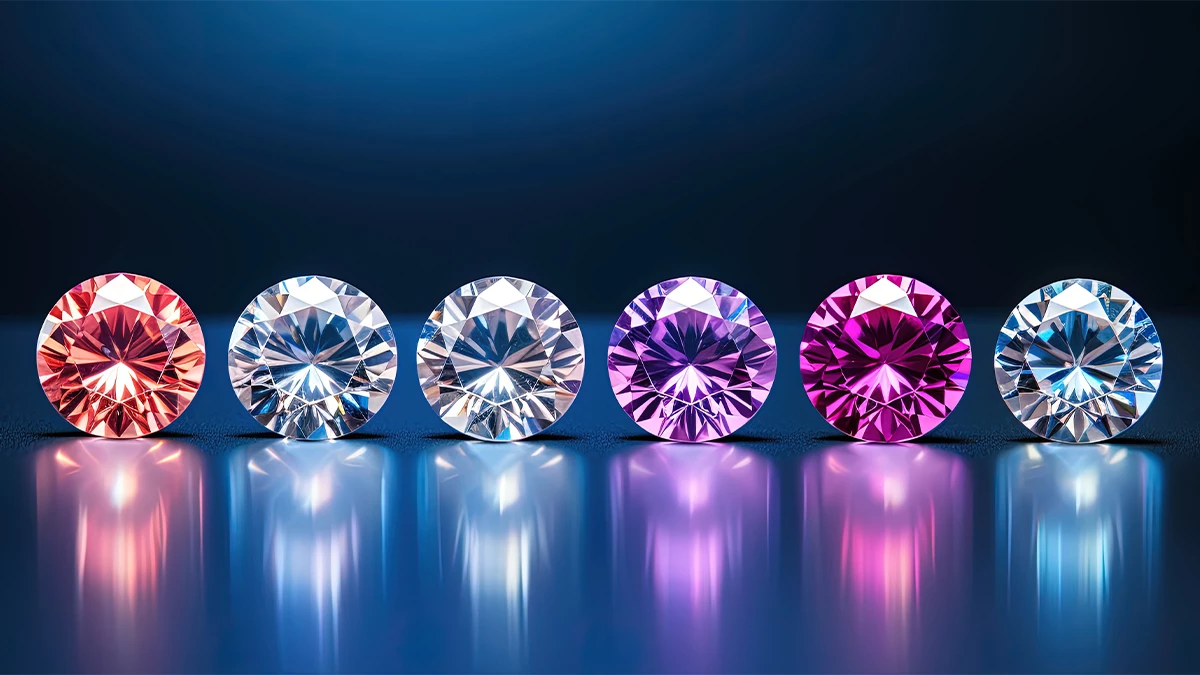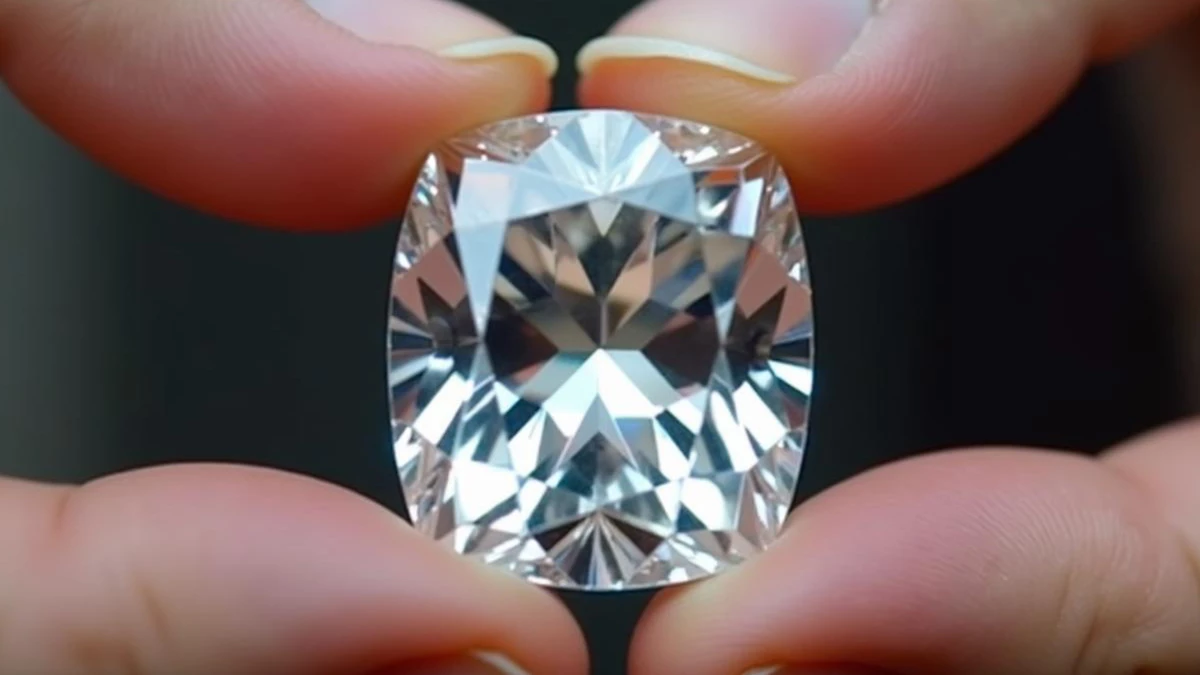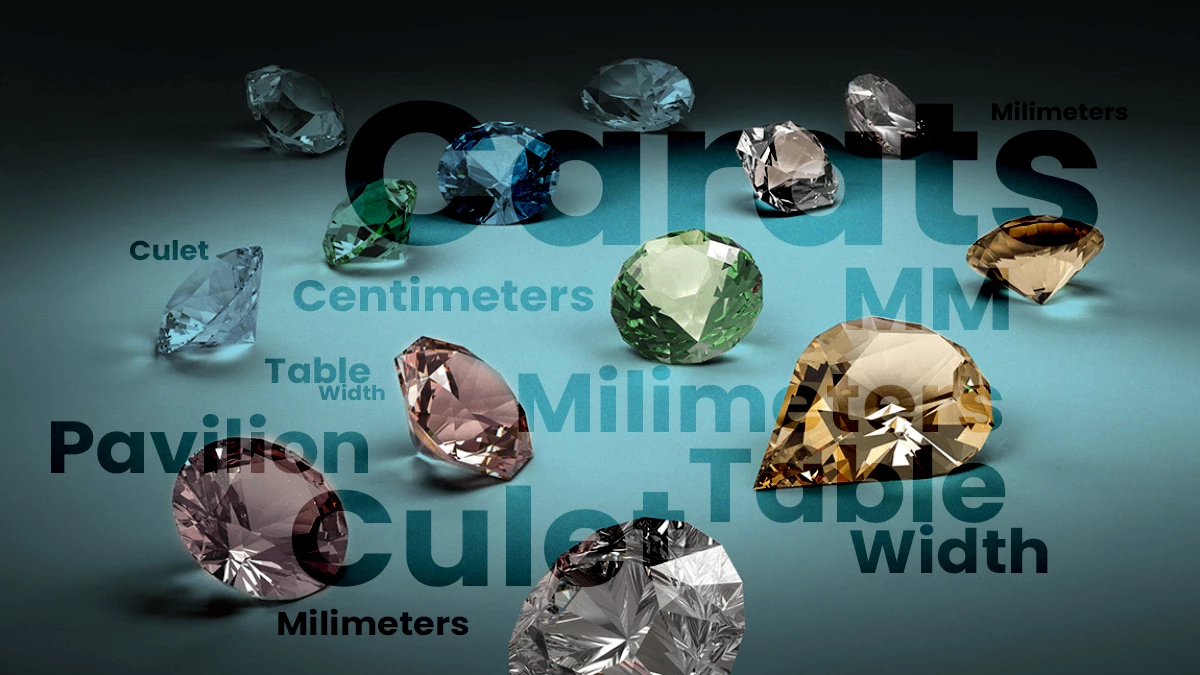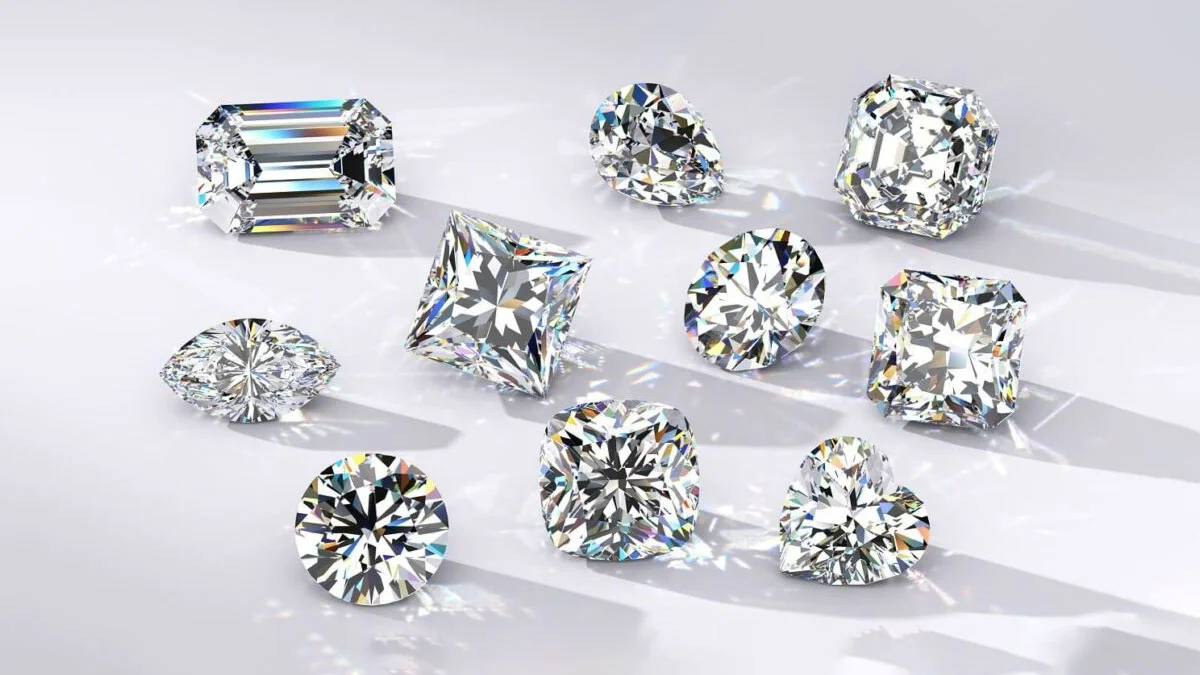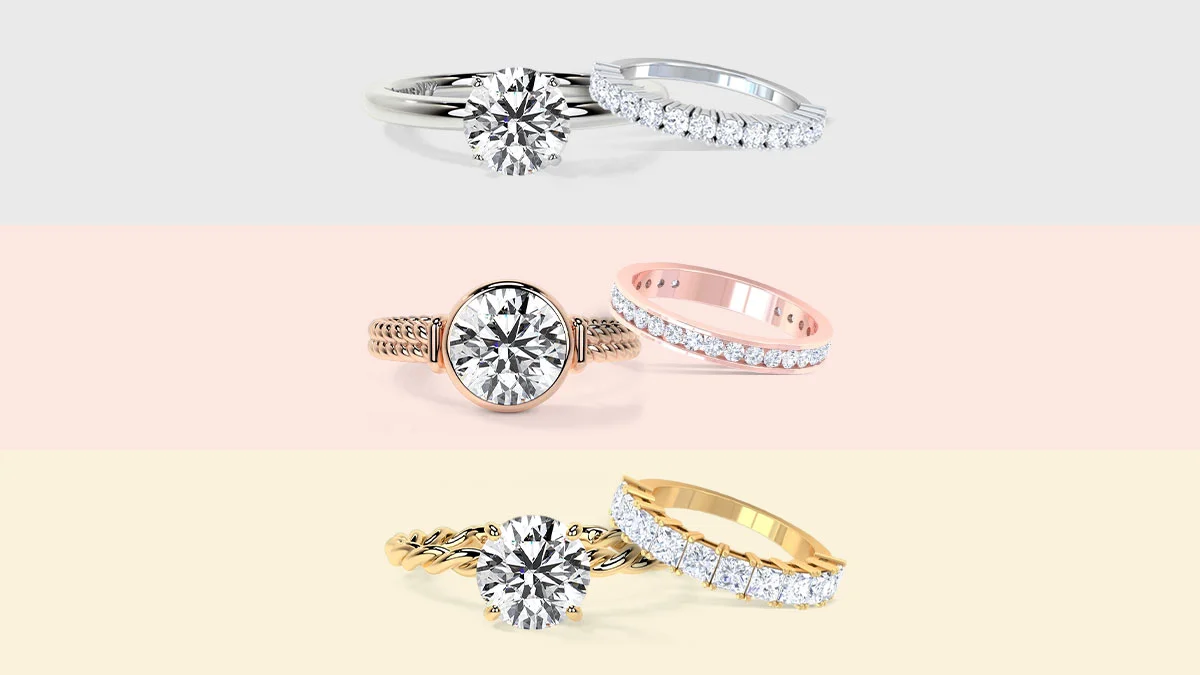When it comes to diamonds and gemstones, we often think of their dazzling beauty, charming hues, timeless allure and value. But what we tend to miss out lies beneath the sparkling surface of these precious gemstones. It’s their weak point, also called cleavage. A terminology commonly used by gemologists and experts.
Everyone is aware of the 4Cs but not many of us know what cleavage means with respect to gemstones. Fret not because we are about to tell you everything you need to know about it. A cleavage is the weakest plane in the gemstone but plays a vital role in determining the overall quality and durability of the stones.
Whether you are an explorer of gemstones or you are on the quest for your next jewelry piece, a little knowledge of cleavage planes will help you in picking the perfect stone. Let’s dive deep into the world of gemstones and find out how a cleavage affects your favorite gemstones.
Cleavage in Gemstones and Diamonds
Cleavage planes are also referred to the “fault lines” within a gemstone. It basically refers to a gemstone’s natural ability to split along its specific planes within their crystalline structure. This happens mostly where the atomic bonds in the stone’s structure are less strong. When a gemstone is subjected to an external force or internal pressure, it tends to split along these weaker planes.
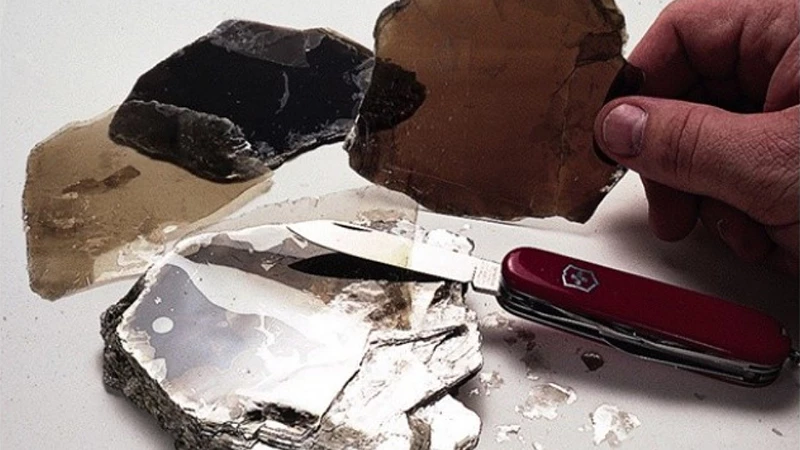
As we all know, diamonds are famous for their unparalleled hardness and durability. But let us break it to you that your favorite diamonds are also subject to this vulnerability. Even after having the perfect score of 10 out of 10 on the Mohs scale of hardness, diamonds can split along four specific planes of weakness along their crystal structure.
Yes! You read it right. We know it’s not easy to believe that a stone as hard as a diamond has vulnerability. The smallest mistake by the cutter can lead to a breakage in the crystal structure of diamonds. This will ultimately lead to a loss of its size, beauty and value. But as Confucius said, “Better a diamond with a flaw than a pebble without”, and we will agree, right?
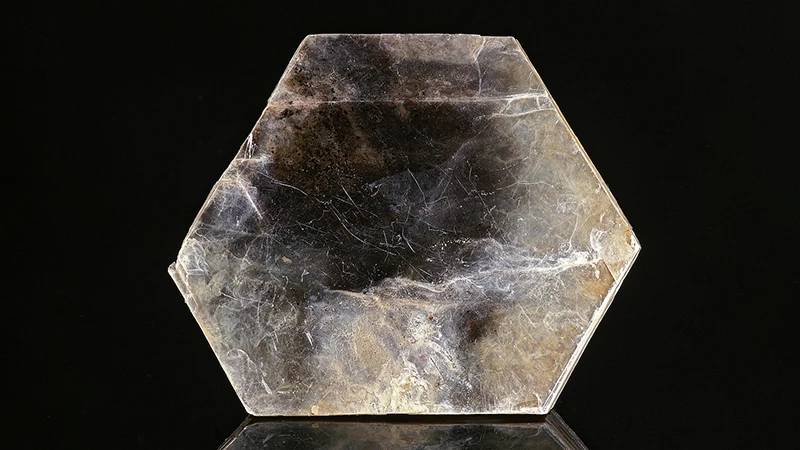
How Cleavage Affects Diamonds & Gemstones?
A cleavage is a critical concept in the world of diamonds and gemstones. It greatly influences a diamond’s cutting process. Not only does a cleavage plane impact the overall brilliance and value of the gemstone but it also affects its durability and resistance to breakage.
A diamond usually has 4 cleavage planes which mean that it can split from 4 different places. The most common cleavage plane is along the octahedral (111) planes. A well-experienced diamond cutter has the ability and precision to shape the gemstone optimally with its smooth cutting. This not only conserves the valuable material of the gemstone but also enhances its brilliance and value.
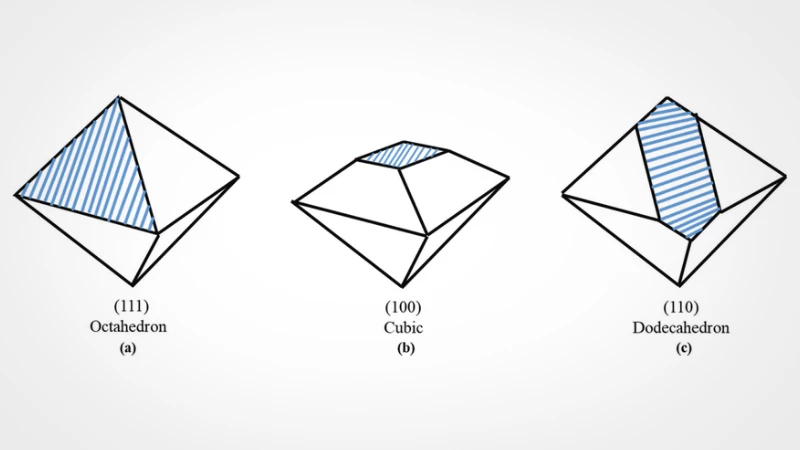
For instance, while cutting a diamond, the prime step is to carefully examine the stone’s crystalline structure. This includes locating the weaker spots where the atomic bonds are less strong. While cutting along these weaker spots, cutters must maintain the stone’s natural brilliance. An unintended break along the cleavage place can ruin the stone’s overall value.
The Grades
There are a total of 6 grades on which a gemstone cleavage is rated. They are categorized as none, poor, good, distinct, excellent and perfect. While a diamond has the “perfect” cleavage, gemstones like ruby and opal have “none”. This makes ruby and opal more resistant to splits and fractures.

As a diamond belongs to the cube system, its perfect crystalline structure helps in achieving a flawless shear of the gemstone parallel to its cleavage plane. By employing precise techniques, a gem cutter can perfectly split a diamond smoothly leaving no sharp edges behind.
Importance of Cleavage
Cleavage planes act as a guiding line for the gem cutters. Stones are easier to cut or split along the cleavage planes. For instance, a gemstone with a poor cleavage plane is difficult to cut as its internal structure is prone to uneven splits and cracks. When an external pressure is applied during cutting, there is a risk of accidental breakage, leading to a loss of the stone’s overall value. Diamonds, on the other hand, can be faceted beautifully due to the presence of the perfect cleavage plane.
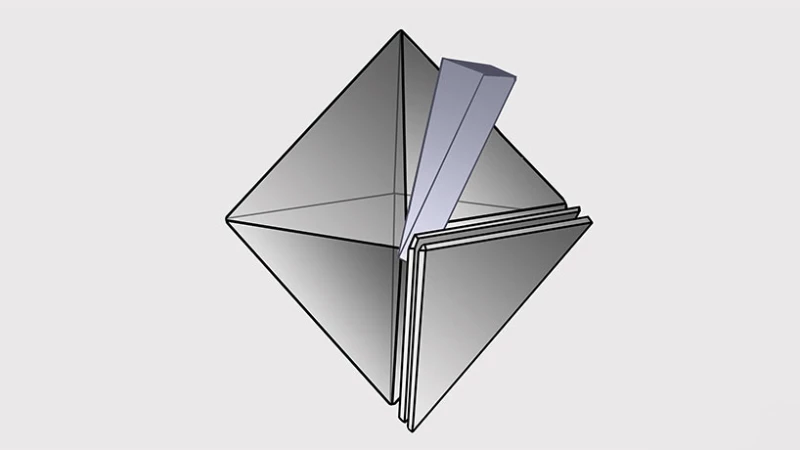
Apart from this, the toughness of the gemstone also plays a key role in its resistance to breakage or fractures. Following are the ratings given to a stone based on its toughness:
- Poor
- Fair
- Good
- Excellent
Diamonds fall in the “good” category due to the presence of significant cleavage planes. On the other hand, gemstones like rubies and sapphires belong to the “excellent” category. This is because there are no cleavages in these precious gemstones. This makes them highly durable for everyday jewelry pieces, even more than diamonds.
So, here comes the most important question. Is your diamond jewelry prone to damage and breakage? Sadly, the answer is yes. But what do we do to maintain the shine of our precious diamond jewelry? It is recommended to remove your diamond jewelry pieces especially diamond rings during impactful activities. A sudden blow or hit can cause your diamond to chip off if the angle of impact happens to be along the cleavage.

Embrace the Knowledge
A cleavage plays a deeper role in determining a diamond or gemstone’s value. Even though it is not visible to the naked eye, understanding their significance helps in picking the right one. Whether you are drawn to the amazing brilliance of diamonds or the vibrant hues of sapphires, knowledge of cleavage planes will help you make an informed decision.
Visit GemsNY and embrace the knowledge and beauty of our wide range of loose diamonds and gemstones. Our experts will guide you in selecting the perfect gemstone for your next jewelry piece. Craft your one-of-a-kind diamond pendant or ring and add a sparkling beauty to your jewelry box. Also, check out the GemsNY reviews and see what our customers have to say about the quality of our products and services.
FAQ
1. What is a cleavage in diamonds?
A cleavage plane in a diamond is defined as its natural tendency to split along specific planes within its crystalline structure. This may happen due to internal stresses or external impact or force.
2. What is the difference between a cleavage and a fracture?
A cleavage refers to a split in a diamond or gemstone along its flat surface parallel to its crystallographic plane. A fracture, on the other hand, is defined as an irregular damage or breakage of the stone. A fracture takes place in a less predictable manner affecting the overall appearance and shine of the gemstone.
3. How can I protect my diamond and gemstone jewelry from cleavage and fractures?
There are a few ways in which you can take care of your cleavage prone jewelry pieces. Storing them in separate boxes can help in avoiding scratches. Especially in diamonds, emeralds and topaz as there is a significant presence of cleavage planes in these gemstones.
4. Does every gemstone exhibit the same cleavage properties?
No, every mineral exhibits different cleavage properties. It depends on their crystal lattice structure. As we know, diamonds have a distinct cleavage but gemstones are different. There are some gemstones like ruby and opal where there is no presence of cleavage. This makes them highly durable gemstones for everyday wear.
